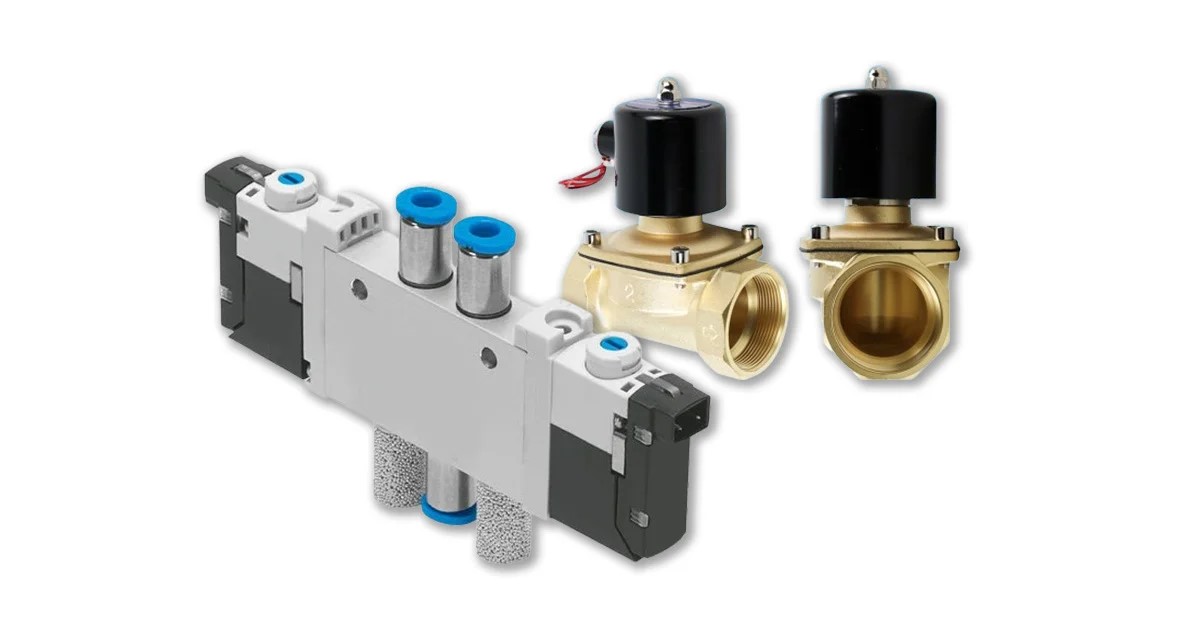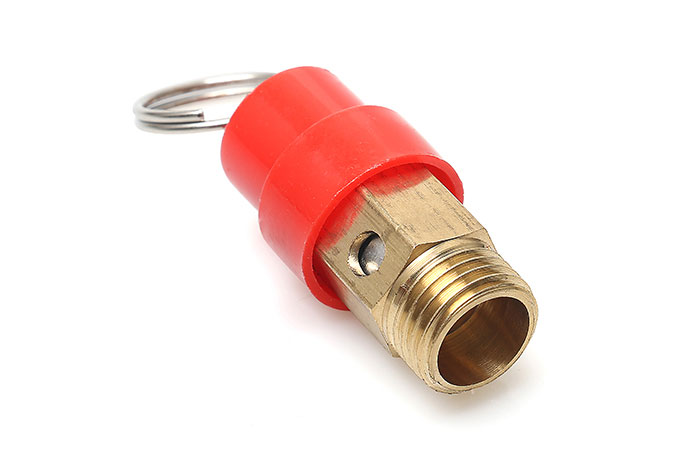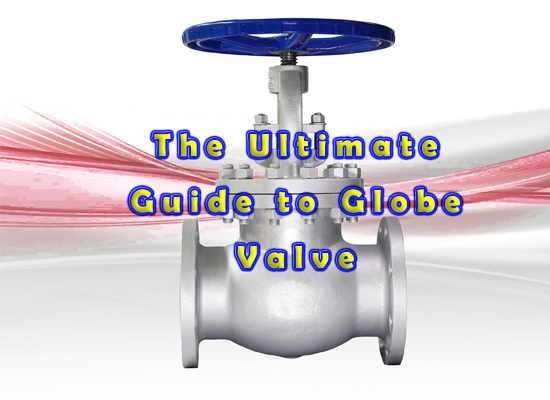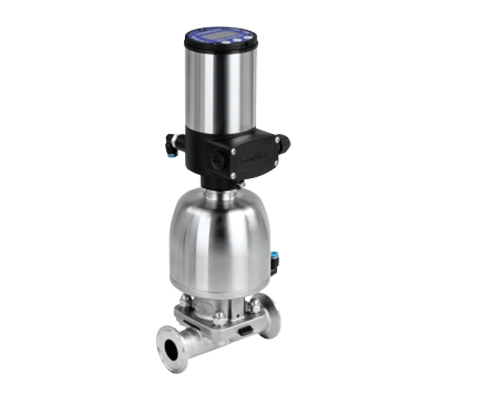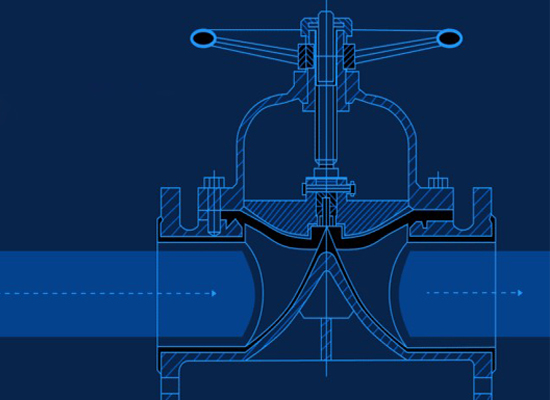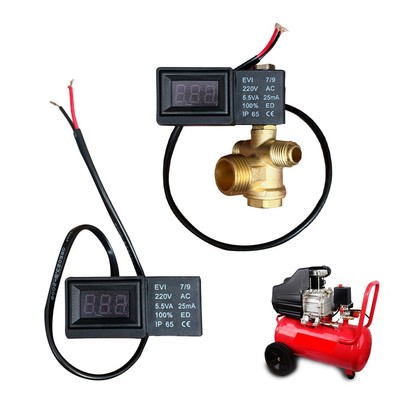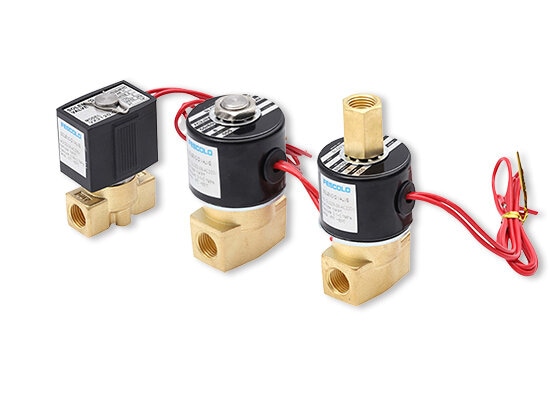What is the difference between solenoid valves and electric valves?
The names of solenoid valves and electric valves sound similar, but their actual functions are quite different.Distinguishing between electric valves and solenoid valves can be quite challenging, but it is crucial in specific applications. Each valve system has its own advantages and disadvantages, with a wide range of applications.
It is important to understand the structure and uses of these two types of electrically actuated valves before using them, in order to achieve the best results. In the following list, we will share this information. Let's explore the differences between electric valves and solenoid valves in terms of structure, function, inspection, installation, and maintenance.
What is electric valve?
The structure of an electric valve is relatively complex and its size is relatively large. Composed of a motor, a gear reduction mechanism, and a valve body, the electric valve operates by using the rotation of the motor to drive the valve stem, which in turn moves the valve core to enable switching and adjustment functions.
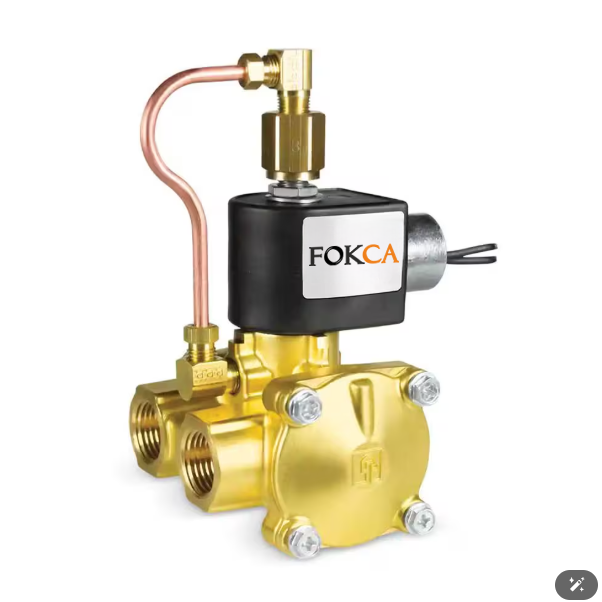
What is solenoid valve?
A solenoid valve consists of an electromagnetic coil, a piston, a spring, and a valve body. It features a small size and a compact structure. Its operation involves the electromagnetic force directly driving the valve core to open or close when energized, completing the switching action.
